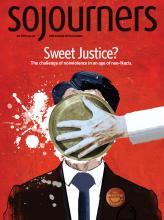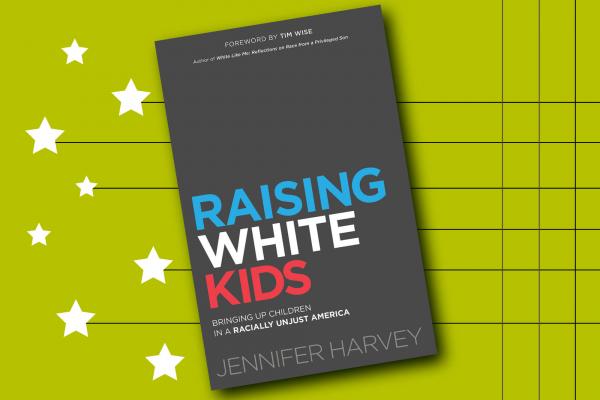ON THE MORNING of Nov. 9, 2016, I delivered a clumsy lecture to my then 8-year-old son about his responsibility as a white boy in Trump’s America: “If you see something, say something. If anyone tells another child she’s going to be deported, you must speak up. Tell your teacher.”
Jennifer Harvey created a guide for parents like me, who want to teach our kids to be anti-racist but aren’t always sure how: Raising White Kids: Bringing Up Children in a Racially Unjust America . Ordained in the American Baptist Churches (U.S.A), Harvey is a professor at Drake University whose work focuses on racial justice and white anti-racism. She is also a contributor to The New York Times and Huffington Post and the author of Dear White Christians: For Those Still Longing for Racial Reconciliation.
Raising White Kids promotes moving away from a model of color-blindness, which shuts down any discussion of race, toward race-conscious parenting. Harvey draws on many experts. Psychologist Beverly Daniel Tatum describes systemic racism as “smog,” which affects all people. One study cited in the book found parents of color are 2 to 5 times more likely to discuss race with their children than white parents. Failure to teach white kids about America’s unspoken racial scripts leaves kids unprepared to counter racism.
Read the Full Article

